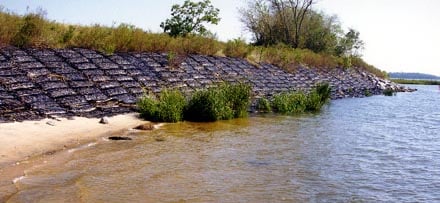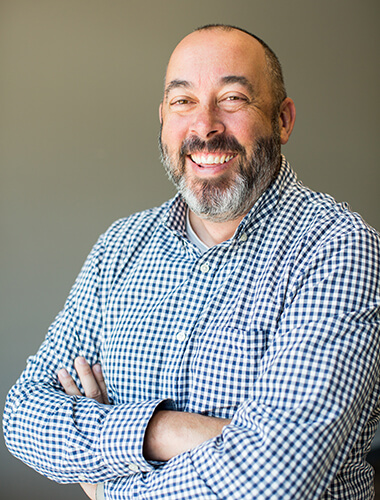Savannah Riverbank Protection Project Against Erosion
by Steve Williams, P.E., on September 01, 2020

With the expansion of the Panama Canal, America’s ports are seeing unprecedented growth. Increased maritime traffic puts a strain on our shipping channels and maintenance activities, such as dredging and scour protection, have increased. Although port authorities enjoy the gain in TEUs that their facilities can process, the question is - can their maintenance budgets increase enough to keep pace with erosion? Here’s a look back at a historic Tensar Triton marine mattress project that is just as topical now as it was 23 years ago.
In 1997, shoreline protection was installed at seven sites along a portion of the Savannah River. Review of aerial photography indicated erosion rates had been as high as 23 feet / year in places. Funded by the Georgia Department of Transportation, this riverbank protection project provided an excellent opportunity for learning about the construction and performance of heavy armoring systems in these challenging conditions. The overall objective of this project was to protect selected sections of the north riverbank and to observe cost, constructibility and performance considerations for selected types of erosion protection, specifically:
- Riprap
- Cabled blockmats
- Tetrapods
- Polymeric Marine Mattresses
All systems were successfully installed on 2H:1V slopes with a buried toe. After approximately two years, various degrees and types of failures were evident due to the severity of the conditions. Every system experienced at least minor damage, and three of four experienced major failures. Marine mattresses scored the highest in constructibility and performance.
We developed a case study that takes a deeper look at the project and the outcomes of each protection method. Download it now to learn more insights about this study.
Savannah River Protection Project
You may also be interested in our recent project protecting the shipping channel at the Panama Canal. Click here to learn more and watch a video project profile.




